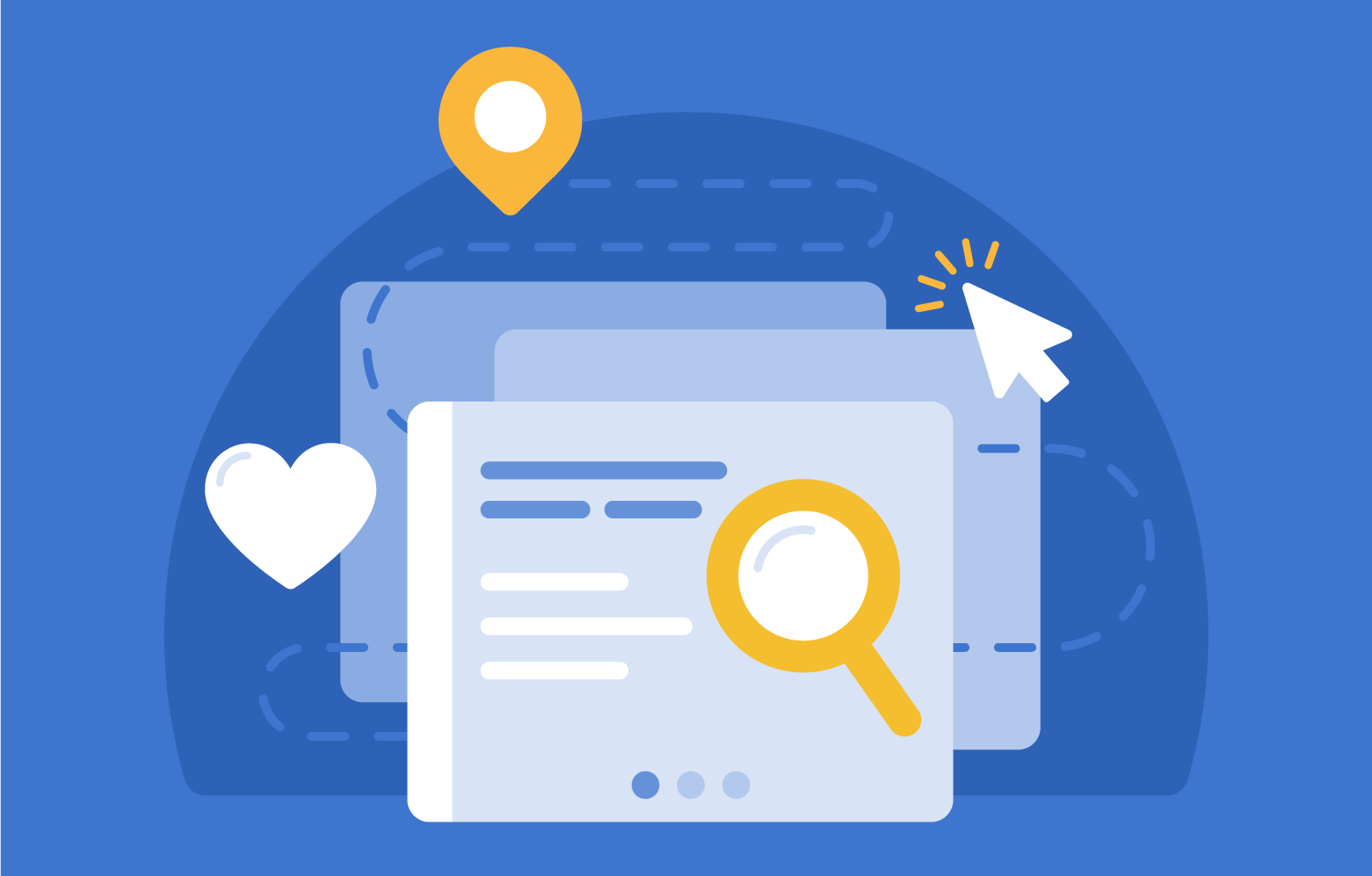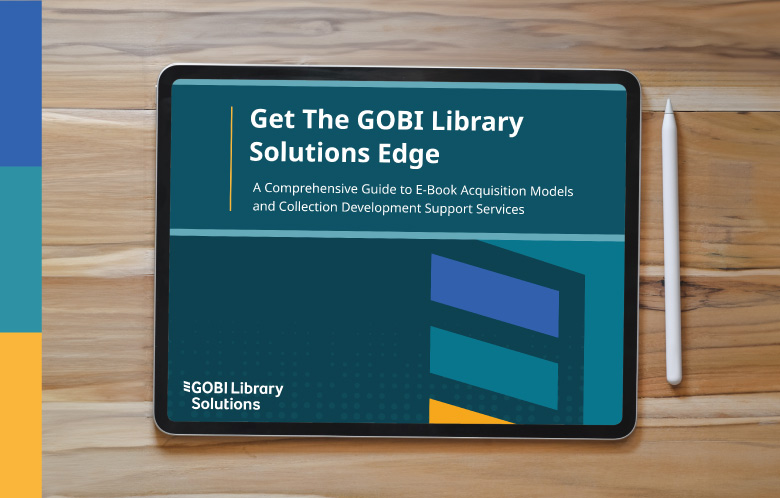Transcript | Download
BiblioGraph Video Series: Example: Google Syndication with BiblioGraph
My name is Richard Burkitt, director of SaaS Innovation at EBSCO. We’re going to talk a little bit about using BiblioGraph to integrate library records into Google. As we understand from prior recordings in this series, the transformation from MARC-based records to BIBFRAME resources allows for a fundamental change in how the library can use those data to solve problems with user engagement. Among the problems faced by libraries is the need to ensure the valuable collections held in the catalog are able to be found. This is done in a variety of ways whether the library uses an OPAC and discovery service, libguides, reading lists, content management systems, the list goes on. These mechanisms all have the same objective: that of engaging users and bringing them to the resources they will need to achieve their information goals. Of course MARC is a product of its time, and for all its strength and longevity, MARC struggles to engage in web environments. It was simply not made to do that. It is a problem because as information professionals, we need to ensure not only are our collections relevant, but they’re also meeting the expectations of our users, which is inevitably that authoritative information is going to be where the users expect it to be. Of course, this means Google. Because BiblioGraph uses BIBFRAME, a linked data framework that describes resources and facilitates the discovery of them within web environments, we can very granularly make visible our collections and display these in any suitable web environment such as libguides departmental library or other websites, virtual learning environments or learning management systems, and of course in Google. Here, we've got an example of a search for a book in Google. And you can see that searching the title brings back access options for the user. If you scroll down the page, then you can see that as well as the familiar “buy” options, there's now also the ability to borrow. In this case, Google has geo-located me here in the UK to a library that has this book available. I can also pin libraries and when I click on the item to borrow, I'm then directed right to the library so that the user's requirement can then be fulfilled. This currently works with UK, US, Canadian and Australian libraries, but others are planned. And to find out how your country can have this important facility enabled then do get in touch and we’ll be happy to work with you.


